Pinnock Factory History (the cover up)
In 2024 the needlebar website closed down. There was a lot of information on that site that appears to have been lost. I saved this article In regards to Pinnock and placed it in its own page here on my site the
Pinnock machines made in Japan but pretending to be Australian.
Pinnock claims that their machines were made in Australia, this was clearly untrue. It is true that a limited number of machines were actually made in Australia at the Lithgow small arms factory and these were badged as Pinnock. But all machines after that one are NOT Australian made. The information about the Pinnock factory online is rather vague and as I delve deeper into the world of Pinnock I hope to share with you what a fellow collector calls the scandalous history of the Pinnock, full of intrigue and illusion. Similar to the story of the USA Morse.
The original 50’s and 60’s machines were sourced from Toyota in Japan and assembled at the Pinnock factory, in Elizabeth, South Australia. It has been pointed out to me that there are no photographic records of the actual manufacturing of the machines in South Australia. Only the assembly and packing room. According to an entry in the “Pinnock History needlebar.org”, the 1st November 1957, was the day on which the factory was opened by Thomas Playford.
From what I can find out the later Pinnock machines were marked CFM (Currie Furniture Makers). CFM purchased the Pinnock brand in the 1960s. Hence some Pinnocks are also badged CFM or visa versa.
What we do know is that the Japanese Toyota Pinnocks are precision machines, made with Japanese quality and attention to detail.
Too risky to sell Japanese machines after the war?
Maybe post WWII it would have not been a good marketing decision to sell Japanese machines to the Aussie public. But it appears that Pinnock went one step further, they removed the Toyota raised lettering from of the cast iron bases and painted them over (see images below). The machines exported to the USA from Japan appear to have not suffered this fate and still proudly have the Toyota names and markings underneath. Also check out my Pinnock vs Morse page for some photographic comparison of machines from both companies.
One researcher of these machines here in Australia is Timothy Briggs. He points out that the Toyota symbol can still be seen on the Pinnock machines if you look closely enough. The Toytota Crown can been seen on the Pinnock Toyota machines as well as the Trendsetters, but from what I can find not on the CFMs. So would this indicate that the CFMs may be from one of the other many Japanese manufacturers around at the time?
If we put a sticker on it, it must be true.
This sticker still remains on some of the more pristine machines in my collection. Just to hammer home the point that this is an Australian made machine. (This machine was clearly made in Japan) Today they would not get away with it, but it was a sign of the times and part of the Pinnocks history.
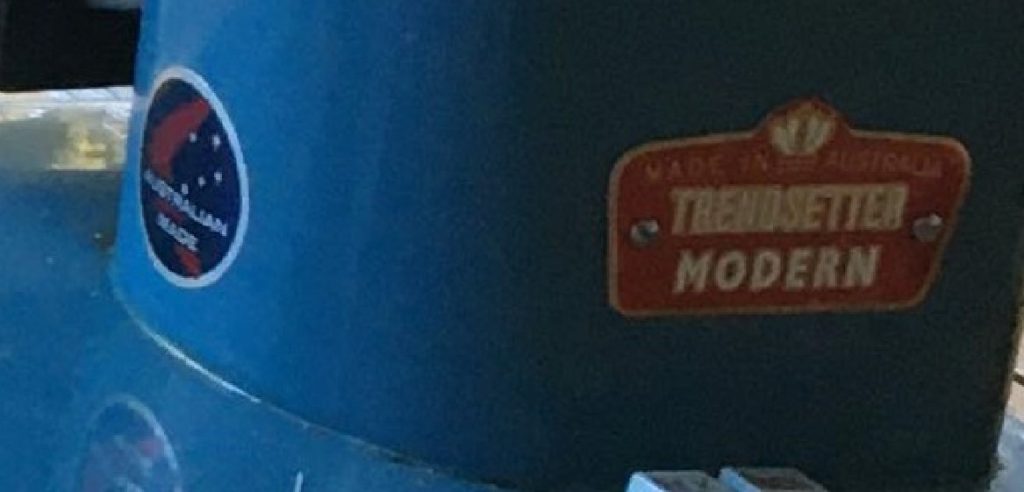
History of the Toyota sewing machine can be found on this site.


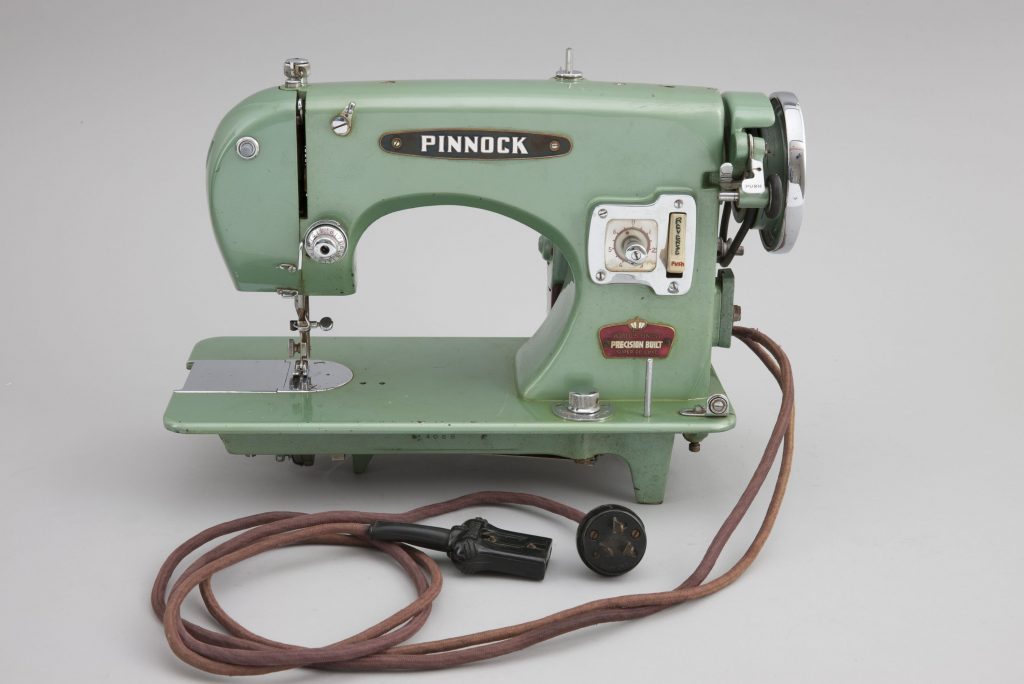
Sewmaster
According to the Powerhouse collection this machine was described as such:
The sewing machine and case were made by Pinnock Manufacturing Co, Elizabeth, South Australia. The foot pedal was made by Wernard, and the needles were made by the Singer Company, in Brazil. Pinnock claim to be the first company to produce wholly Australian sewing machines. They have sold imported machines in Australia since 1904, with the machines gradually becoming more and more ‘Australian’, until 1949, when even the electric motors that operated them were also produced here. This machine would have been made the Pinnock Manufacturing Co’s first factory, which opened in 1957 and was located in the satellite city of Elizabeth, near Adelaide, South Australia.
Was the manufacturers identification deliberately removed at the Pinnock factory?
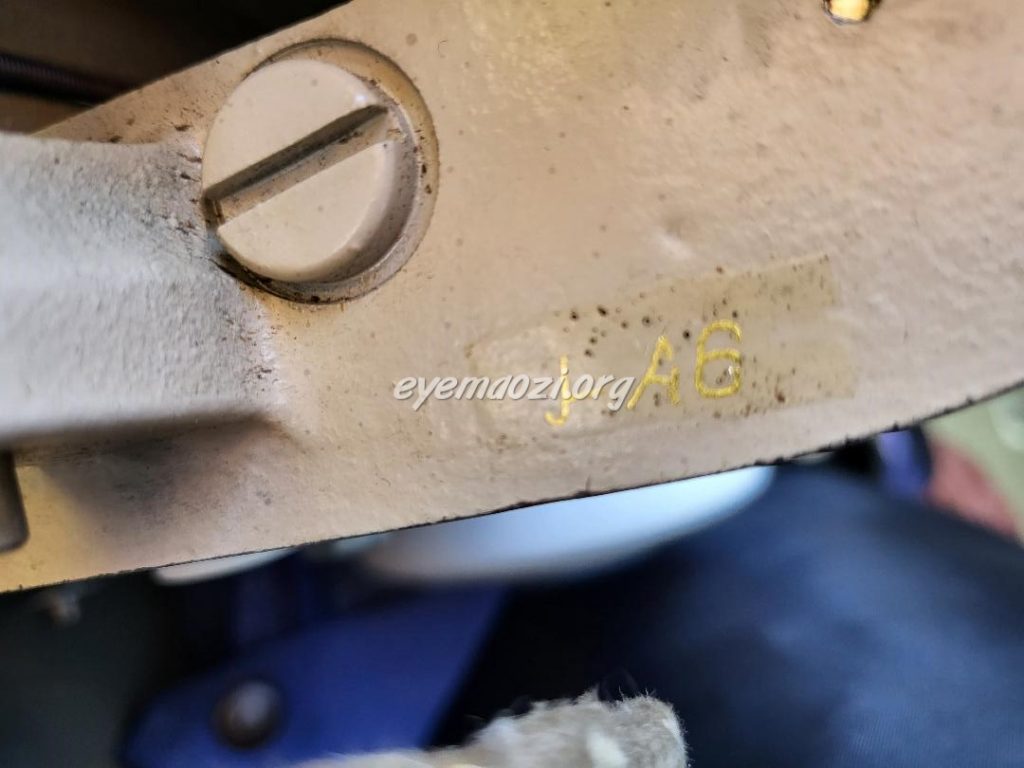










Images of the Pinnock factory. (assembly shed?)
Below you may notice there are pictures of women assembling machines, but no actual manufacture of machines. Check out this video from 1960, the Pinnock factory is mentioned a few times: Elizabeth: A Place To Grow (South Australia 1960’s)
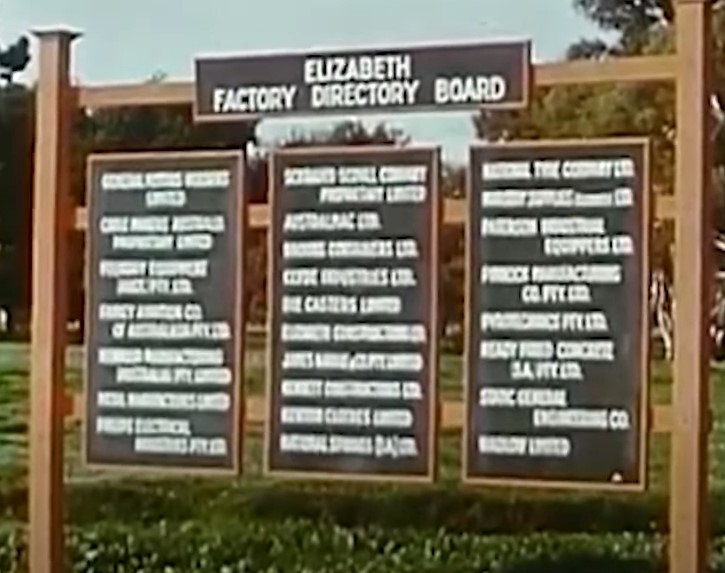


Some of the images below have been sourced from various obscure websites including pintrest, so it is difficult to attribute copyright to anyone. If these images are yours, please notify me and I will remove them or attribute them to you.
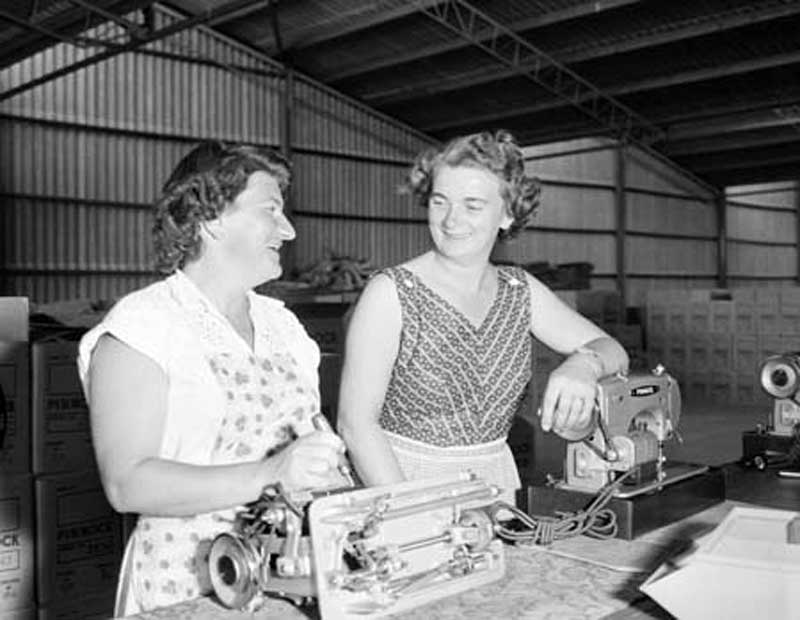
Pinnock factory 1958
(Australian National Archives – Picture No. A12111, 1/1958/10/22)
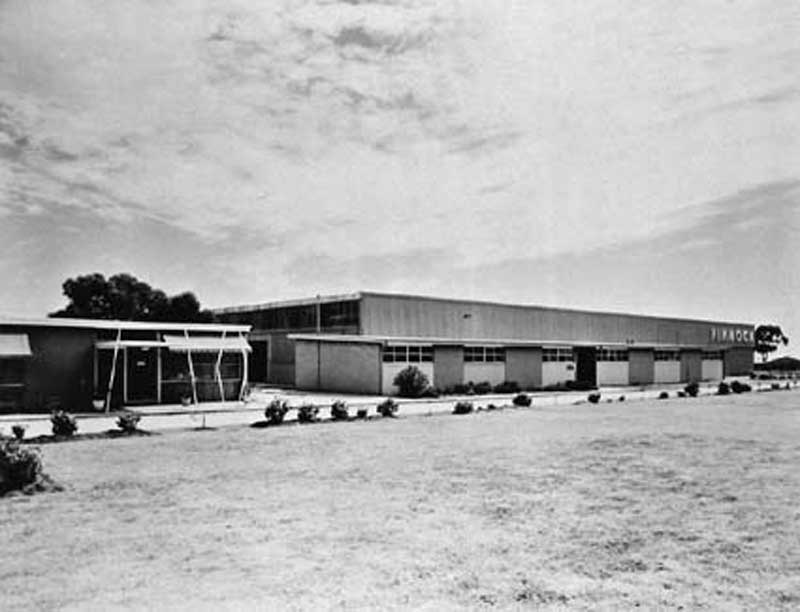
Pinnock factory 1960
(Australian National Archives – Picture No. A1200, L35783)
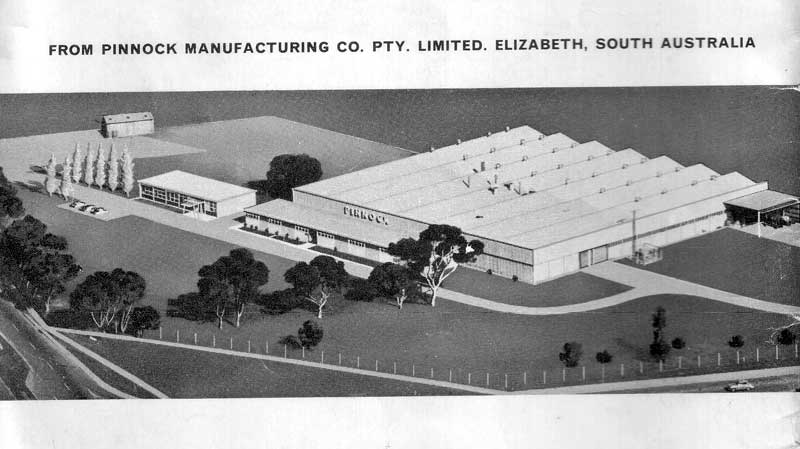
Pinnock factory 1966
From the Needlebar website that has now been removed.
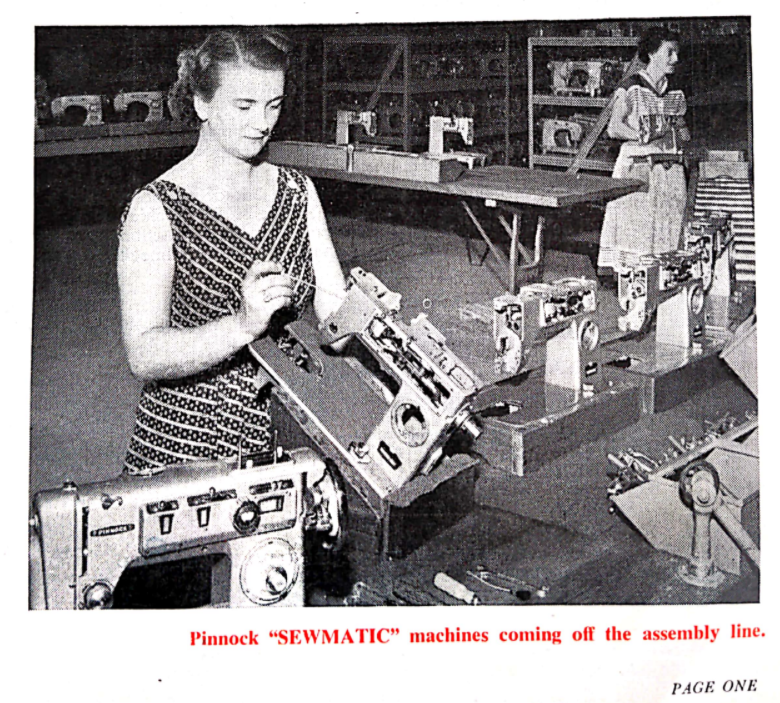
Sewmatic instruction book
Page one of the instruction book
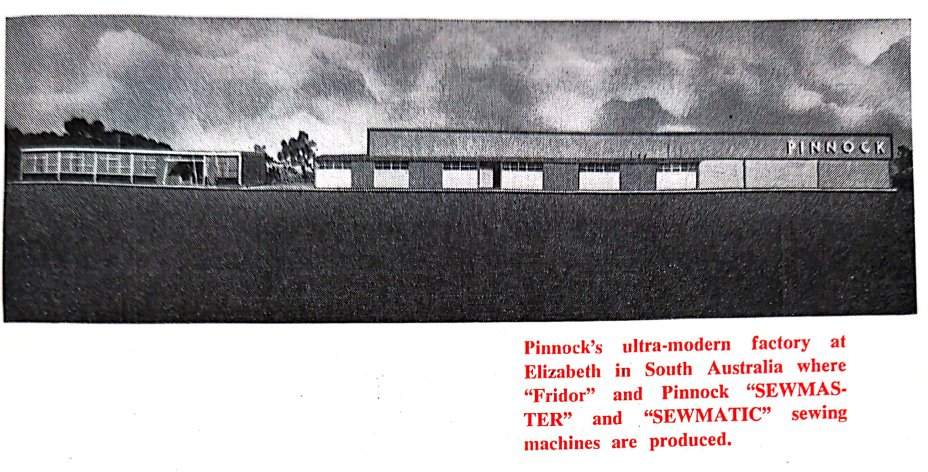
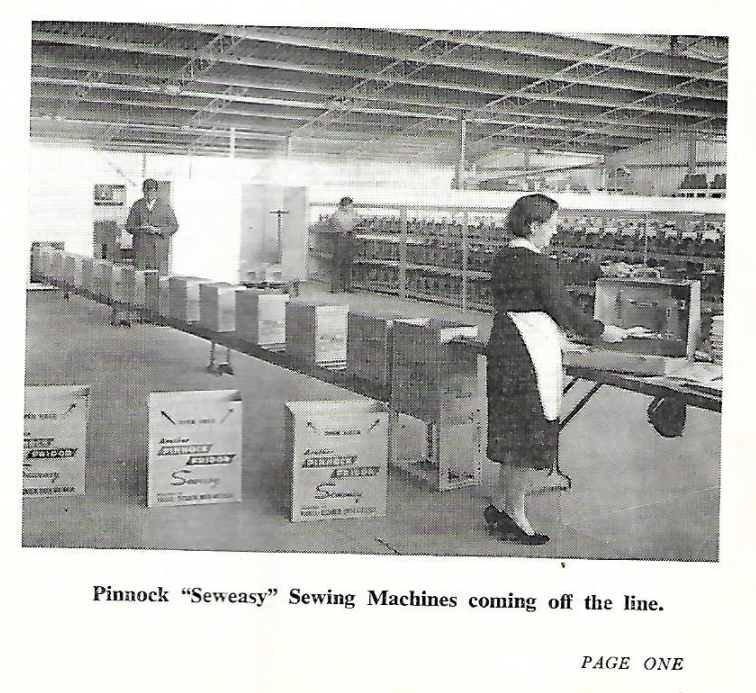
Seweasy instruction book
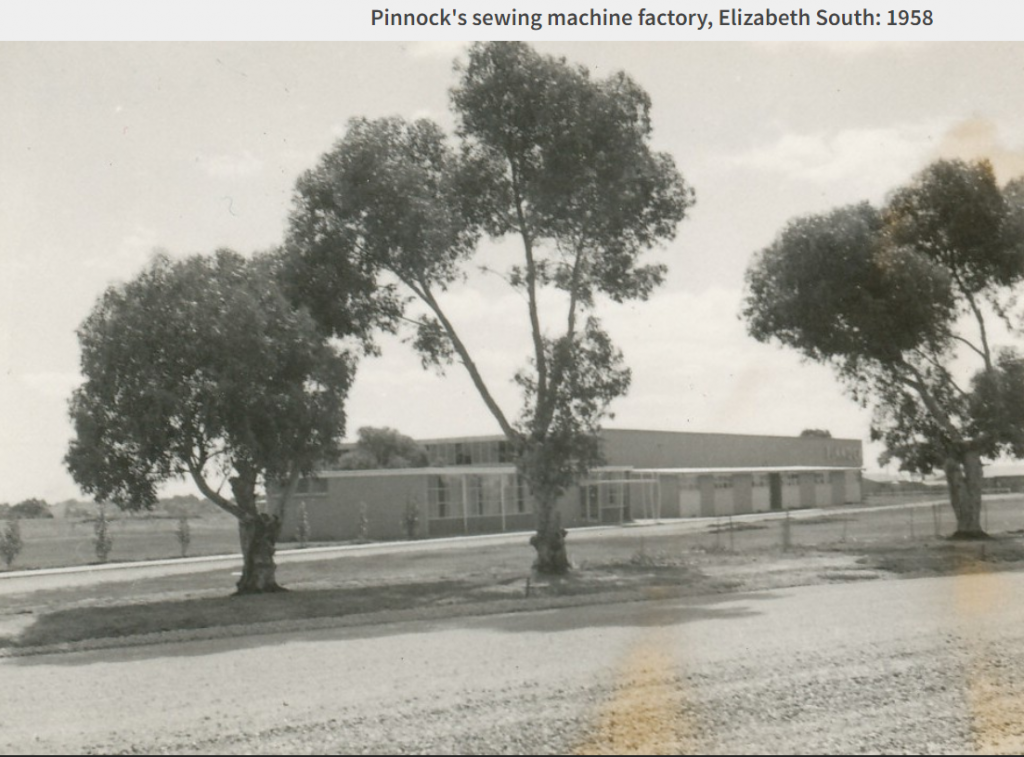
1958 photo of the factory
Pinnock Typewriters
Another piece of the puzzle from the Typewriter webpage oz.Typewriter: Typewriter Update (oztypewriter.blogspot.com)
This is copied from that blog, incase in the future I cant find it again.
Pinnock brand name

Bill Pinnock, last owner of Pinnock ManufacturingFor those Australians who own Pinnock (Nakajima) typewriters (aka Pinnock-Craftamatics) sold by Currie Furniture Manufacturing (CFM) in Sunshine, Victoria, the following might be of some interest, in regards to the history of the brand name:

Pinnock’s factory in Elzabeth, South Australia, in 1960The Pinnock Sewing Machine Company was founded by John Alfred Pinnock (born Paddington, Sydney, 1869) in 1891, and initially operated out of the Queen Victoria Markets Building in Sydney. In the 1920s the business moved to a building down the road in Druitt Street. Pinnock died in Randwick, Sydney, in 1942 and the business was taken over by his second son, Clarence Tunbridge Pinnock (born Orange, New South Wales, 1895). The eldest son, William Arthur Pinnock, had been killed in action in World War I, at Mouquet Farm (Pozieres) in August 1916. After World War II, production of Pinnock sewing machines was sited at the Lithgow Small Arms Factory. On Clarrie’s death in 1955 the company was sold, but his son, also William Arthur Pinnock (born Mosman, Sydney, 1925), stayed on as a director. With financial incentives from the South Australian Government through its Housing Trust, in 1957 the business was moved to a factory in the then newly established industrial city of Elizabeth in South Australia. It was the city’s first plant, preceding General Motors Holden, and employed 50 workers. Apart from sewing machines, it made vacuum cleaners, floor polishers, oil space heaters and lawn mowers.

The Elizabeth industrial siteIt never made typewriters. The factory closed in 1967. The company’s lion trademark, first registered in 1935, was re-registered by CFM in 1968 and again in 1977. CFM imported all of its typewriters, fully assembled, from Japan.
From another issue of the blog at oz.Typewriter: What Comes Around Goes Around: Typewriters Return to CFM (oztypewriter.blogspot.com)
CFM, which at one time was headquartered in Sunshine in Victoria, stands for Currie Furniture Manufacturing.
It is the very same company which in the 1970s imported tens of thousands of fully assembled Nakajima portable typewriters (as well as sewing machines) and sold them in Australia under a variety of model names.
The most common names to be found today are Craftamatic and Pinnock.
Pinnock was a trade name CFM Industries bought in the late 1960s. It had been a South Australian sewing machine manufacturer in the mid-1930s, and even though the company was no longer around, CFM wisely recognised there was enduring goodwill attached to the brand name from which CFM could benefit.

As with CFM portable typewriters, today people collect and use Pinnock sewing machines in the mistaken belief they are Australian made. (What are worth collecting are the original Australian-made Pinnock machines, which are still around). But like the typewriters, the later Pinnock sewing machines are no more than rebranded Japanese machines. CFM went to extraordinary lengths to disguise that fact.
I would like to comment on this final part of this persons typewriter blog. That even though they may not be original Australian Pinnocks, the mid century Japanese machines are indeed worth collecting, because that is what I collect.